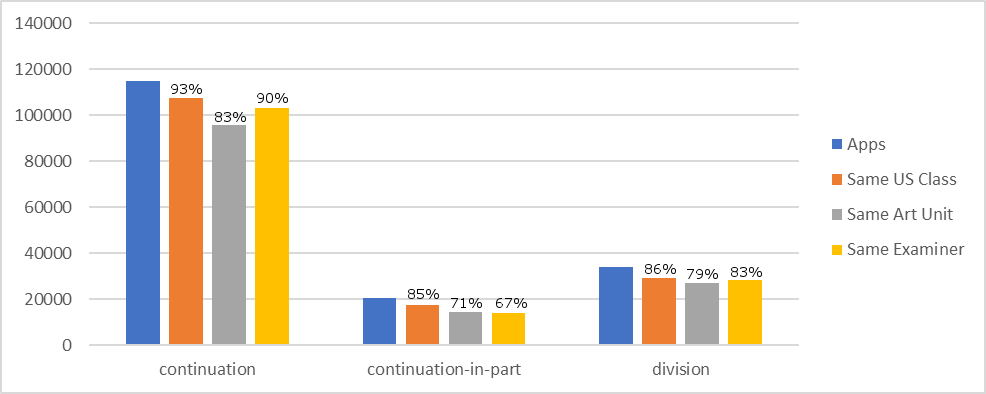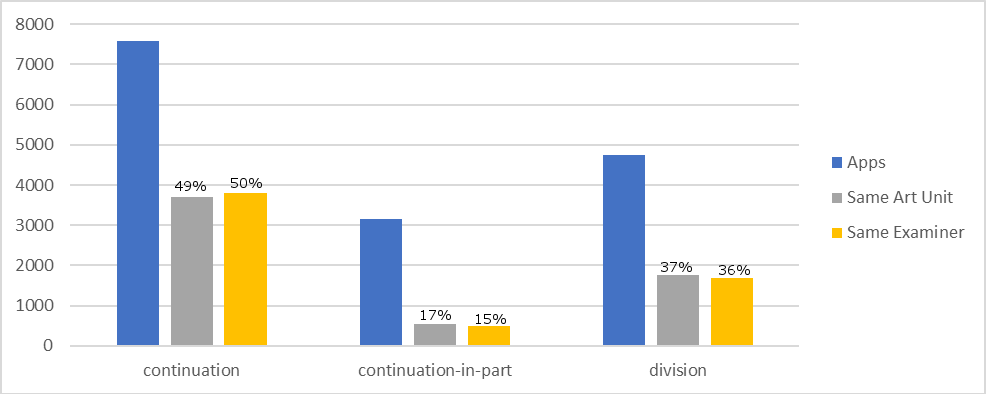“Can I change patent examiners?” This is one of the most common questions I get.
The short answer is “probably not”
You can petition to change patent examiners, but that’s probably not going to work. Below are some excerpts of one (failed) example I found:
Petitioner requests that the application be reassigned to the Pro Se Examining Art Unit or alternatively, assigned to the Commissioner for Patents. Petitioner alleges that the actions and conduct ofthe examiners and supervisors involved with the prosecution of the instant application were improper and biased against the petitioner.
. . .
A petitioner is not entitled to choose his or her examiner, Supervisory Patent Examiner, or other deciding official. See In re Arnott, 19 USPQ2d 1049, 1052 (Comm’r Pat. 1991).
A Technology Center Director and Supervisory Patent Examiner have considerable latitude as part of their dayto-day management of a Technology Center or Group Art Unit (respectively) in deciding the assignment of applications to examiners and the transfer of applications between examiners. A petitioner seeking to invoke the Director’s supervisory authority to overrule the Technology Center Director and direct the Technology Center Director to assign an application to a new examiner must demonstrate improper conduct amounting to bias or the appearance of bias on the part of the examiner. See In re Ovshinsky, 24 USPQ2d 1241, 1251 -1252 (Comm’r Pats. 1992).
. . .
The alleged improprieties cited by petitioner do not evidence bias or prejudice on the part of the examiners or supervisor’s. For example, the timeliness of Office actions issued in the instant application do not appear to be extraordinary. Also, the allegations of certain statements made by the examiners and supervisors lack context, substantiation, and/or sufficient supporting evidence to demonstrate bias or prejudice against petitioner. Lastly, reasonable people can disagree as to whether a given claim is patentable and on what basis. See Lear, Inc. v. Adkins, 395 U.S. 653, 670 (1969).
The petition to direct the Technology Center Director to transfer the above-identified application to the Pro Se Examining Art Unit or other USPTO official is DENIED.
If you want to know more about the petition route, check out this MrIPLaw post.
After learning that the petition route is unlikely to work, many ask what are the chances that a continuation will get assigned to a different examiner.
Let’s find out.
Methodology
I looked at 2017[i] patents and published applications that were a continuation, continuation-in-part, or divisional of another U.S. utility application. I then compared each application’s art unit, examiner, and U.S. class with the art unit, examiner, and US class of its parents. If an application has N direct parents — as listed on the face of the application — it got counted N times.
How often do child apps get the same class, art unit, and/or examiner as their parent?
As shown below, there were about 170,000 applications published or patented in 2017 which were a continuation, continuation-in-part, or divisional. The overwhelming majority ended up in the same U.S. class (which is still the basis of art unit assignment, but will soon be replaced by CPC for that purpose), same art unit, and with the same examiner as the parent application.

As to the specific question at hand, 90% of continuations, 67% of CIPs, and 83% of divisionals got the same examiner as their parent.
90% of continuations, 67% of CIPs, and 83% of divisionals got the same examiner as their parent.
The argument for child applications going to the same examiner is that it is much more efficient to do so. This argument breaks down the more differen the child is from the parent. I’ll use US class as a rough measure of the difference or similarity between parent and child.
Since the argument of efficiency breaks down when a child applications is assigned to different class than its parent, we should see a greater diversity of examiners there. The chart below shows that this is in fact the case.

There are about 15,400 applications in the data set where the child was assigned to a different class than the parent. When the child is in a different class than the parent, only 50% of continuations, 15% of CIPs, and 36% of divisionals end up with the same examiner.
When the child is in a different class than the parent, only 50% of continuations, 15% of CIPs, and 36% of divisionals end up with the same examiner.
But keep in mind, whereas I have used a binary classification of is or is not in the same U.S. class, real examiner assignment is analog. As mentioned in the excerpt from the petition decision above, TC directors and SPEs have a lot of latitude in assigned examiners. How similar are the parent and the child (regardless of classification), what is the particular examiner’s current workload, how broad of a range of technologies is the examiner comfortable/experienced with, examiner turnover (I expect the numbers would be a lot higher if I excluded apps where the parent examiner no longer works at the USPTO) and myriad other factors can come into play.
Conclusion
So, can you use a continuation to change patent examiners? Probably not. Especially not if you are resubmitting claims very similar to the parent application.
Now, there is one sneaky possibility that involves delaying your priority claim until after the application has been assigned, but that carries various pitfalls and the application could still get kicked back to the parent application’s examiner once the priority claim does comes through.
So the best approach is to try and work things out with your current examiner (stats may be useful) before resorting to a hail Mary in the form of a petition and/or continuation.
[i] Applications are often reassigned one or more times before substantive examination begins, so I wanted to be sure the vast majority of applications considered had begun examination.

